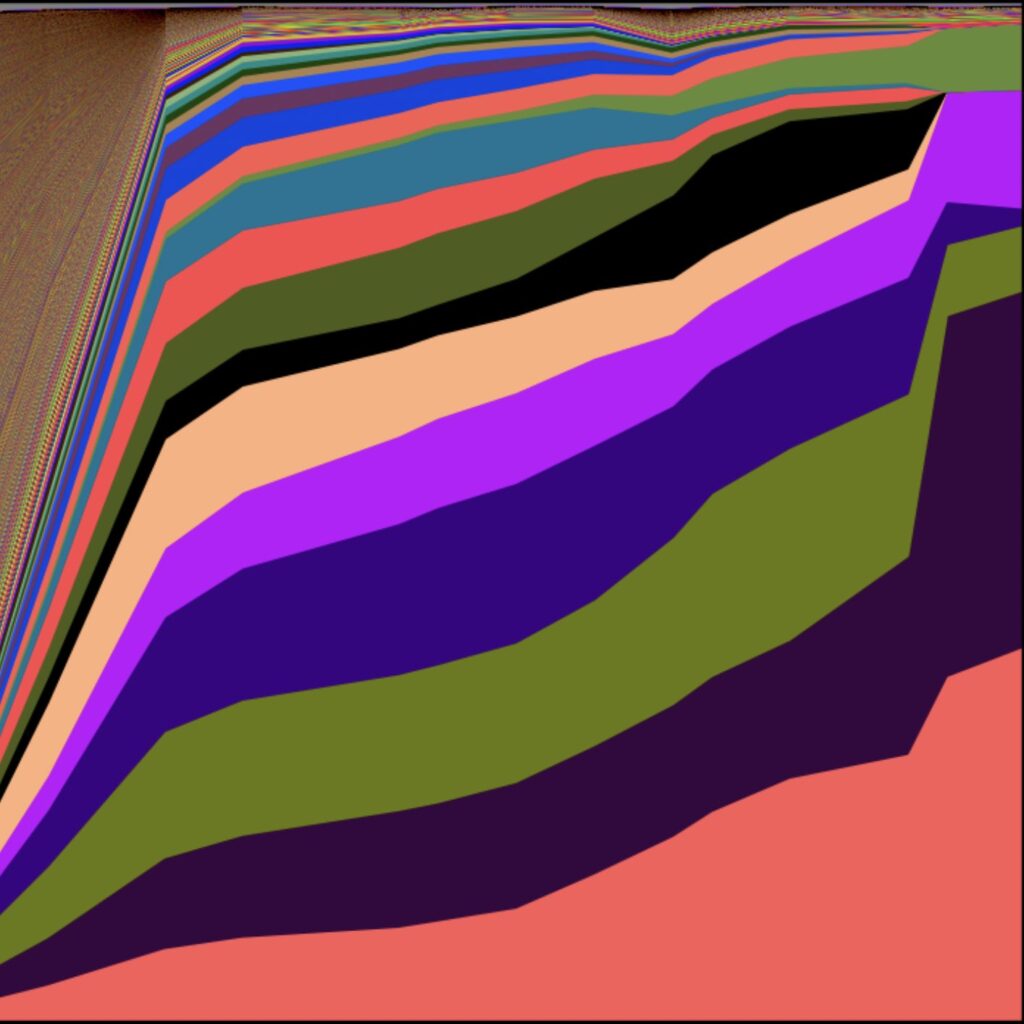Current projects
The current research in our group is organized into two major projects.
Evolution of microbial growth dynamics
What are the growth dynamics of microbial communities, especially in natural environments?
- Can we quantify how much natural communities are growing in steady state versus transitioning between growth states? For example, what is the variance in growth rates over time?
- How do these growth dynamics vary across individual strains or species within a community, compared to the community as a whole? For example, are most species growing synchronously or asynchronously?
- What nutrients limit growth in natural environments? Are multiple nutrients colimiting? Are the limiting nutrients different for growth rate versus carrying capacity?
- What signatures of these different growth dynamics and limitation states are present in genomes, gene expression, or proteomes?
What are the ecological causes and consequences of these growth dynamics?
- What role do observed growth dynamics play in shaping the ability of multiple strains or species to coexist? For example, does covariation in growth traits help (through tradeoffs) or hinder (through synergies) coexistence?
- What consequences do observed limitation states have for ecological properties of communities, such as their stability, interactions, and resilience to invasions? For example, are colimited communities more resilient to invasions due to lack of available niches?
What are the evolutionary causes and consequences of these growth dynamics?
- How do mutations perturb different phases of microbial growth, such as lag times (acceleration rates), maximum growth rates, deceleration rates, and survival during stationary phase? How do mutations perturb limitation traits for different nutrients? Do mutations have correlated affects (e.g., tradeoffs or synergies) across these traits?
- Given a mutation supply, how does selection act on variation in these different traits? Does selection drive populations toward single-nutrient limitation or colimitation?
Effect of ecological interactions on adaptation in microbial communities
How do ecological interactions alter the fitness effects of mutations?
- How do interactions affect the mean and variance of fitness effects across mutations? Can the sign of a mutation effect change due to interactions, or are mutation effects largely correlated with and without interactions?
- How do these results vary across different types of interactions — mutualistic cross-feeding, one-way cross-feeding, asynchronous cross-feeding, different kinds of metabolites, or antagonism?
- How do these results vary across different types of mutations? For example, are loss- and gain-of-function mutations affected differently by interactions?
Do ecological interactions affect other properties of a community that could change its adaptation?
- Do interactions affect mutation rates or population sizes?
What is the role of spatial structure in modulating the adaptation of microbial communities?
- How does spatial structure change the role of interactions in modulating mutation effects?
- Can we parameterize natural spatial structures according to how they affect ecological and evolutionary processes? For example, are cell density and intermixing the key parameters? What do these look like across natural spatial structures?
